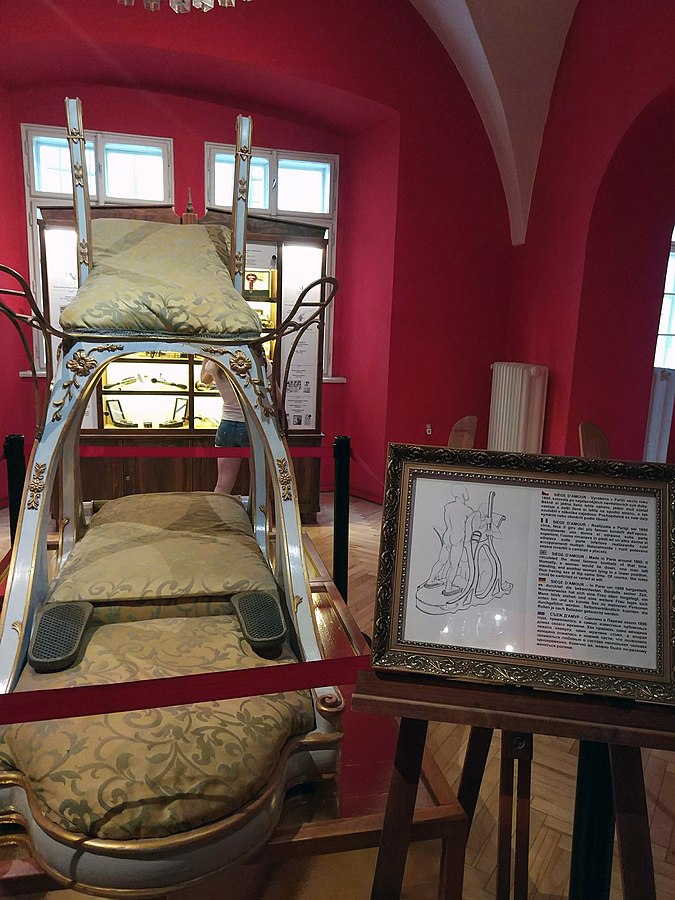The chair of love
Bizarre contraptions of Victorian London

Reconstruction of the "Chair of Love" - Wikicommons
Victorian London was an era of great contradictions, where England and its capital, London, became a melting pot of art, luxury, power, economic prosperity, but also crime, poverty, and crises blended so seamlessly that not even the plot of a novel starring one of the great literary characters born in that era could rival its complexity. Oddities were not confined to literature—evident in characters like Dr. Jekyll and Mr. Hyde, Frankenstein, Dracula, or Dorian Gray—but were also found in the streets, the seedy alleys of the city, and even the brightly lit royal palaces. These peculiarities often catered to the most human appetites and impulses of Queen Victoria's subjects.
One peculiar, even "ridiculous," example was the so-called "Love Chair." This contraption was designed at the request and for the personal use of Queen Victoria's son, the future King Edward VII (1841–1910). From a young age, Edward displayed a remarkably evident sexual appetite, to the point that his father, Prince Consort Albert of Saxe-Coburg and Gotha (a very austere man), bluntly referred to him as "a depraved man."
A life devoted to the pleasures of the flesh—and the dining table—led Edward VII to gain significant weight, becoming almost obese and too large for his royal uniform. When he ascended the throne in 1901, the king, nicknamed "the Uncle of Europe" due to his connections with other royal houses, had no intention of giving up his frivolous and borderline indecent lifestyle, befitting one of the most powerful monarchs in Europe.
Thus, he commissioned the creation of the aforementioned "Love Chair": a special piece of furniture custom-made for the king to allow him—given his immense weight and size—to engage in sexual relations with two women simultaneously without risking crushing them. The chair was designed so that one woman would lie on the upper part, face up, while the other knelt on the lower part beneath the seat. This arrangement allowed the king to alternate between the two women while standing upright in front of them.
The chair eventually garnered the amusement and favor of the royal court, further cementing Edward VII’s reputation for indulgence and excess.
Gordon Brook Shepherd, Uncle of Europe: The Social and Diplomatic Life of Edward VII, Harcourt, 1975
2025-07-06
Salvatore Ciccarello
